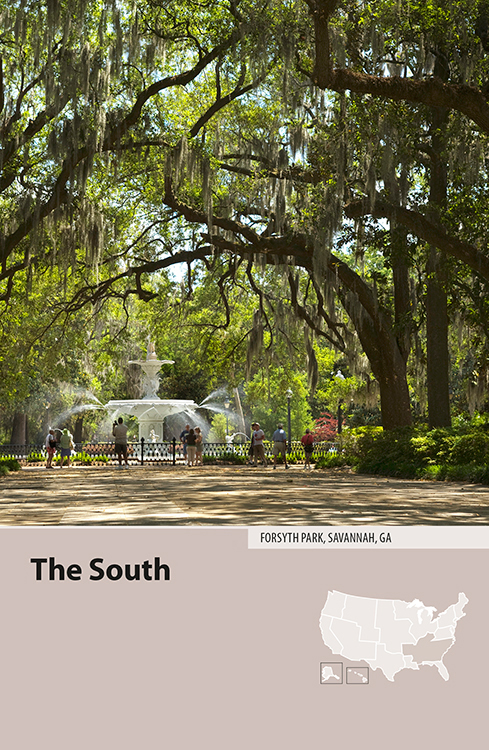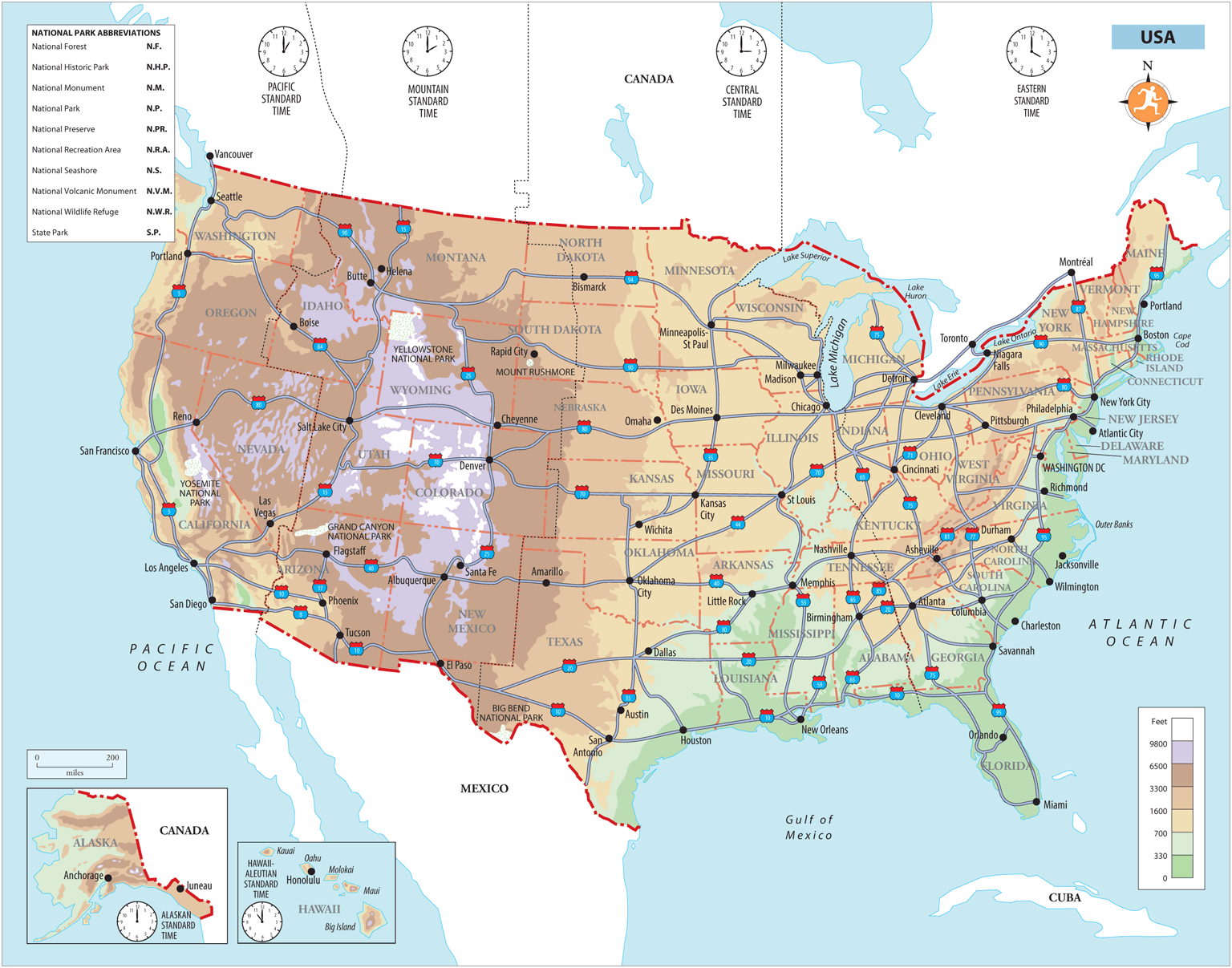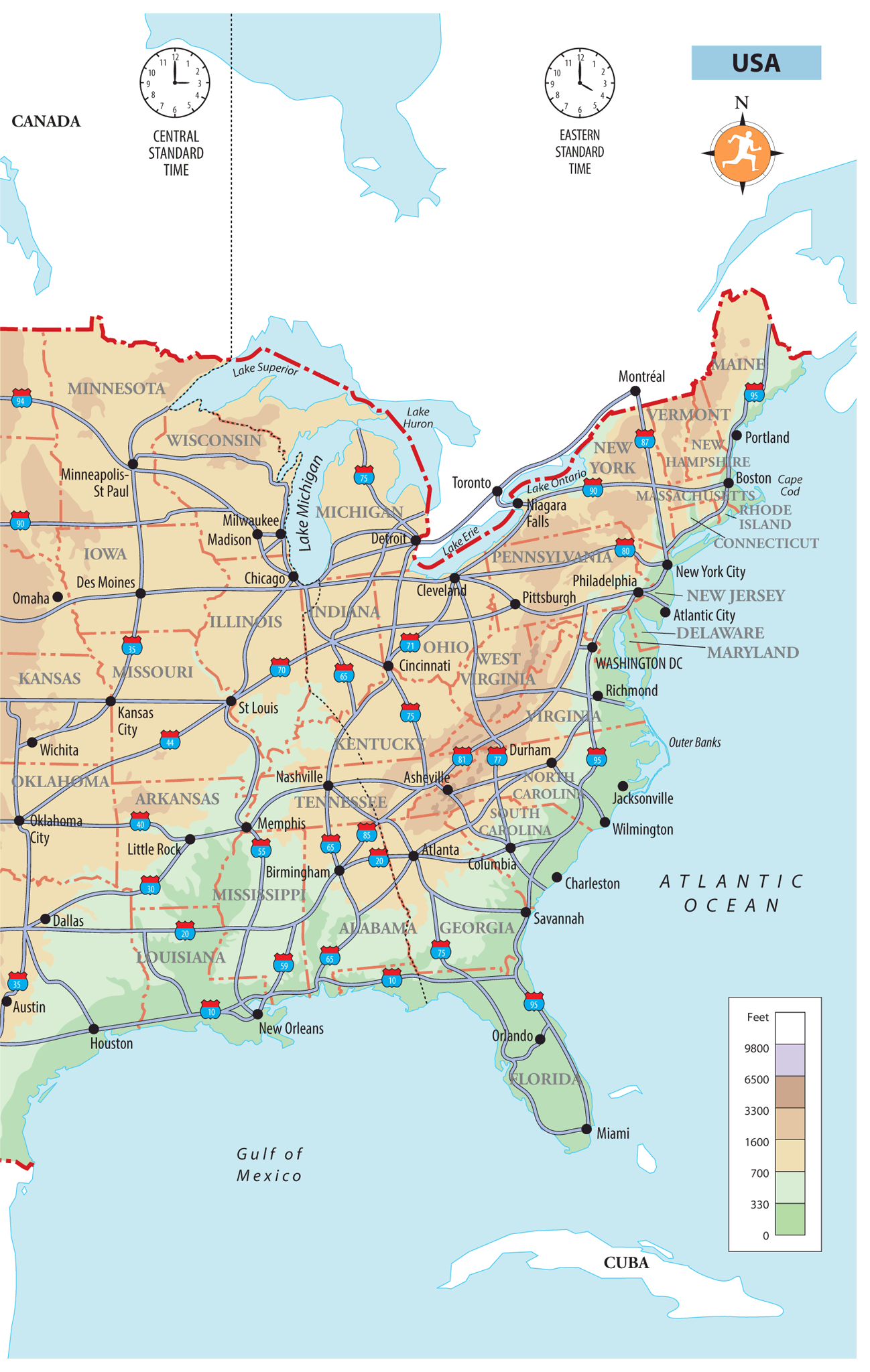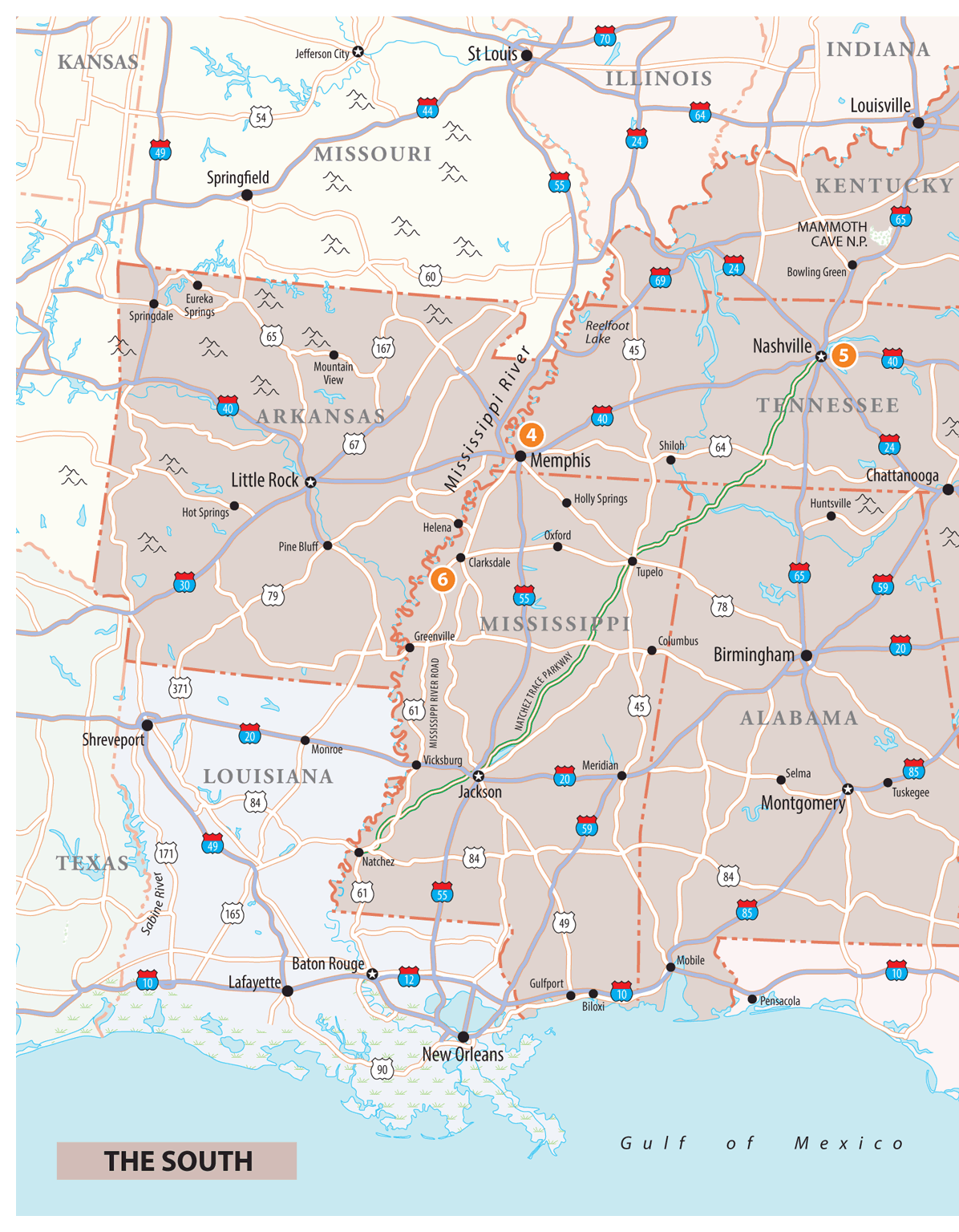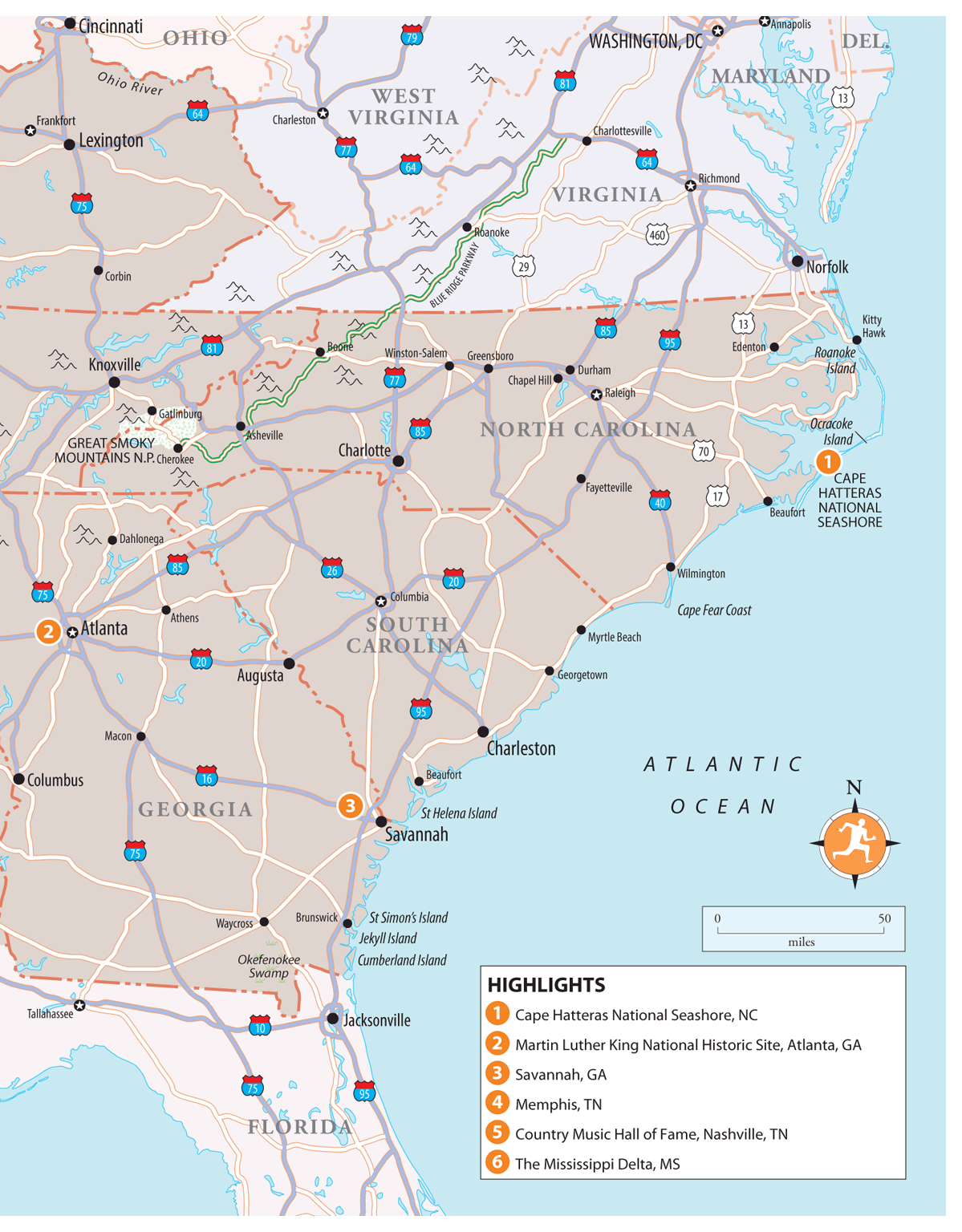INTRODUCTION TO THE SOUTH
Mark Twain put it best, as early as 1882: In the South, the [Civil] war is what AD is elsewhere; they date everything from it. Several generations later, the legacies of slavery and The War Between the States remain evident throughout the southern heartland states of North Carolina, South Carolina, Georgia, Kentucky, Tennessee, Alabama, Mississippi and Arkansas. Its impossible to travel through the region without experiencing constant reminders of the two epic historical clashes that have shaped its destiny: the Civil War, and the civil rights movement of the 1950s and 1960s.
For many travellers, the most exciting aspect of a visit to the South has to be its music . Fans flock to the homelands of Elvis Presley, Hank Williams, Robert Johnson, Dolly Parton and Otis Redding, heading to the country and blues hot spots of Nashville and Memphis , or seeking out backwoods barn dances in Appalachia and blues juke joints in the Mississippi Delta. The South gave the world rocknroll, and its contribution to music in general cannot be overstated.
The Southern experience is also reflected in a rich regional literature , documented by the likes of William Faulkner, Carson McCullers, Eudora Welty, Margaret Mitchell and Harper Lee. Major destinations include the elegant coastal cities of Charleston and Savannah , college towns Athens and Chapel Hill , and the historic Mississippi River ports of Natchez and Vicksburg . Away from the urban areas, perfumed with delicate magnolia trees, the classic Southern scenery consists of fertile but sun-baked farmlands, with undulating hillsides dotted with wooden shacks and rust-red barns and broken by occasional forests. Highlights include the misty Appalachian mountains of Kentucky, Tennessee and North Carolina; the subtropical beaches and tranquil barrier islands along the Atlantic and Gulf coasts of Georgia and South Carolina; and the river road through the tiny, time-warped settlements of the flat Mississippi Delta . In July and August, the daily high temperature is mostly a very humid 90F, and while almost every public building is air-conditioned, the heat can be debilitating. May and June are more bearable, and tend to see a lot of local festivals, while the fall colours in the mountains just as beautiful and a lot less expensive and congested than New England are at their headiest during October.
As a rule, public transport in rural areas is poor and you will see far more, and be able get out to the backwaters the Blue Ridge Parkway, the Cape Hatteras National Seashore and Outer Banks of North Carolina, the Ozarks and the Mississippi Delta to mention but a few if you rent a car . In any case, its best to take things at your own pace youll find things to see and do in the most unlikely places. Incidentally, if you harbour fantasies of travelling through the South by boat along the Mississippi, note that only luxury craft make the trip these days.
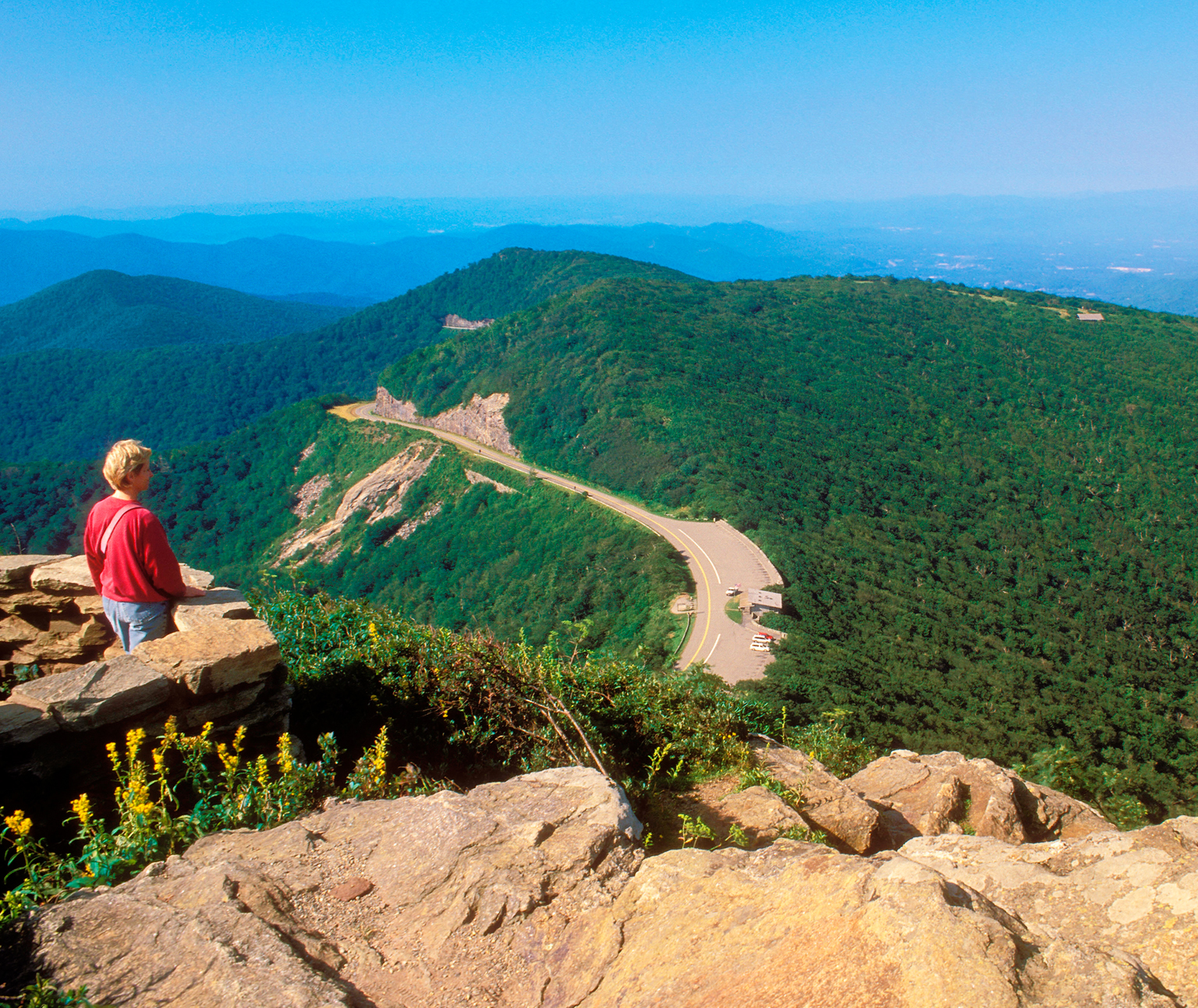
BLUE RIDGE PARKWAY, NC
Highlights
Windswept dunes and salt marshes flank sun-dappled beaches at this wild North Carolina seashore.
The Souths dynamic capital is home to its most powerful sight, which encompasses Kings birth home and the Baptist church where his baptism and funeral took place.
With its impossibly romantic garden squares, gorgeous architecture and bustling old waterfront, this atmospheric town also has a trendy cuisine scene.
This sleepy city on the Mississippi is especially thrilling for music fans: you could spend days checking out Beale Street, Sun Studio, the Stax Museum, Al Greens church and, of course, Graceland.
At once a fascinating interactive museum and a treasure trove of memorabilia, including Elviss gold Cadillac.
6 The Mississippi Delta, MS The birthplace of the blues holds an irresistible appeal, with funky little as the obvious first port of call.
Brief history
The British dominated the region from the seventeenth century onwards, establishing increasingly successful agricultural colonies in the Carolinas and Georgia. Both climate and soil favoured staple crops, and massive labour-intensive plantations sprang up, predominantly growing tobacco prior to independence, and then increasingly shifting to cotton. Eventually, the big landowners turned to slavery as the most profitable source of labour. Millions of blacks were brought across from Africa, most arriving via the port of Charleston.
Early nineteenth century
Although the South prospered until the middle of the nineteenth century, there was little incentive to diversify its economy. As a result, the Northern states began to surge ahead in both agriculture and industry; while the South grew the crops, Northern factories monopolized the more lucrative manufacturing of finished goods. So long as there were equal numbers of slave-owning and free states, the South continued to play a central role in national politics, and was able to resist abolitionist sentiment. However, the more the United States fulfilled its supposed Manifest Destiny to spread across the continent, the more new states joined the Union for which plantation agriculture, and thus slavery, was not appropriate. Southern politicians and plantation owners accused the North of political and economic aggression, and felt that they were losing all say in the future of the nation. The election of Abraham Lincoln , a longtime critic of slavery, as president in 1860 brought the crisis to a head. South Carolina seceded from the Union that December, and ten more southern states swiftly followed. On February 18, 1861, Jefferson Davis was sworn in as president of the Confederate States of America an event for which his vice president shockingly proclaimed that this was the first government in the history of the world based upon this great physical and moral truththat the Negro is not equal to the white man.

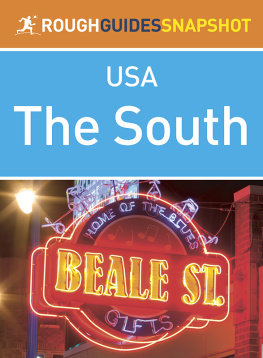








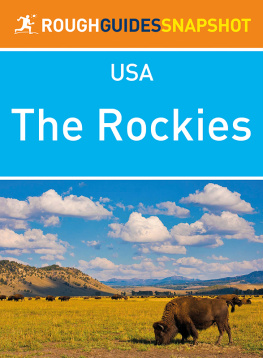

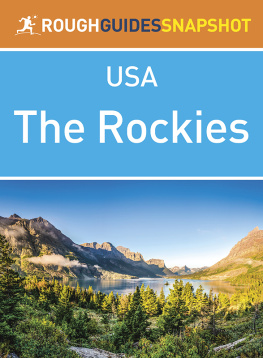



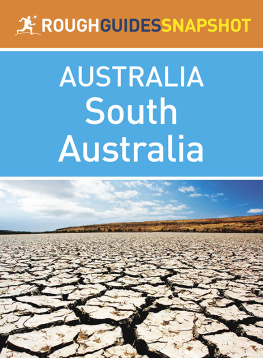
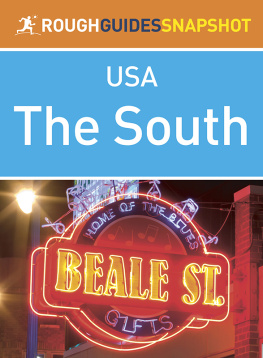
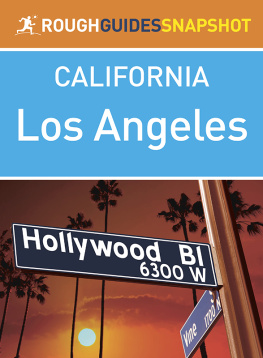

 . You can select your own favourites and create a personalized itinerary by bookmarking the sights, venues and activities that are of interest, giving you the quickest possible access to everything youll need for your time away.
. You can select your own favourites and create a personalized itinerary by bookmarking the sights, venues and activities that are of interest, giving you the quickest possible access to everything youll need for your time away.